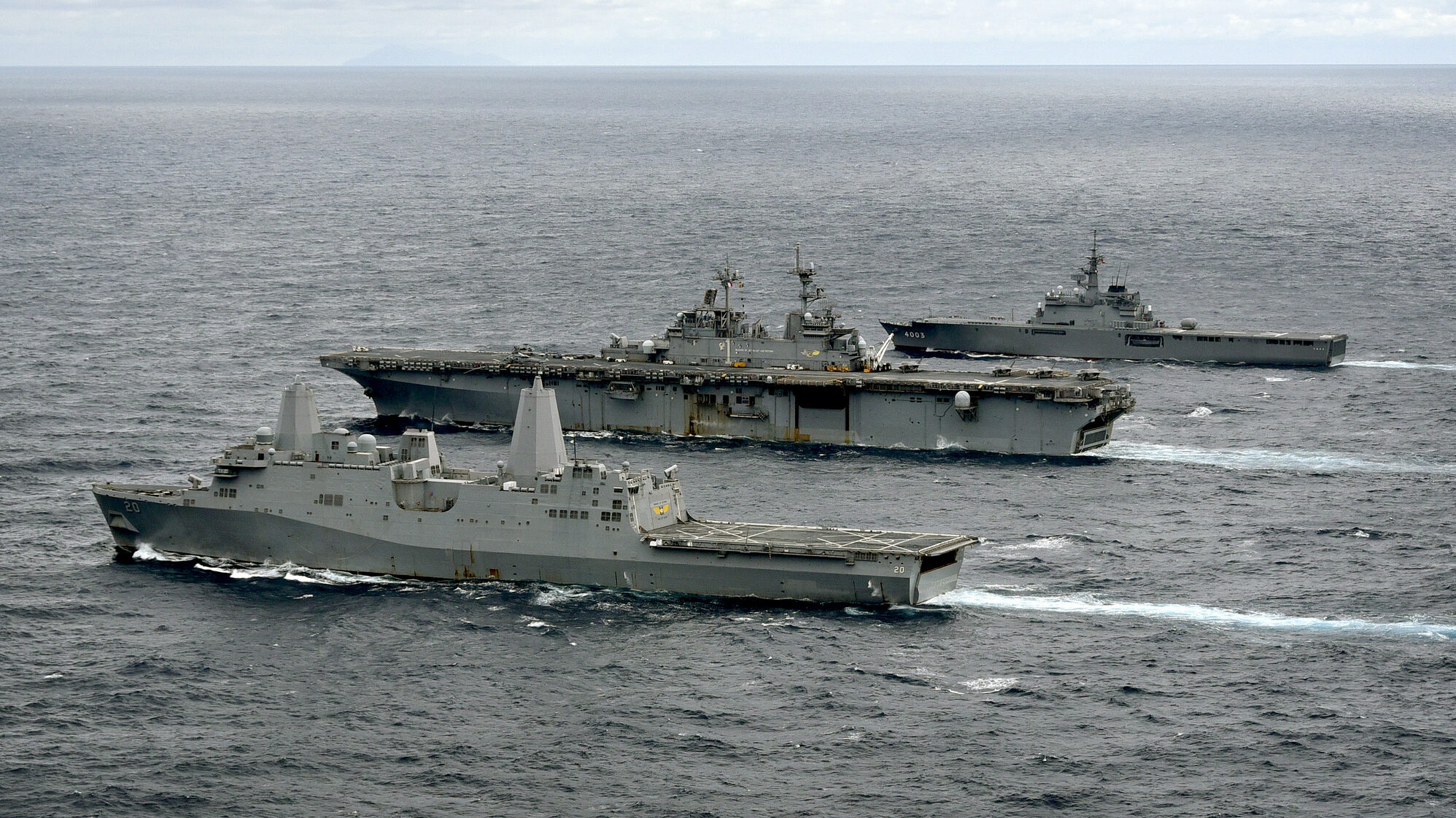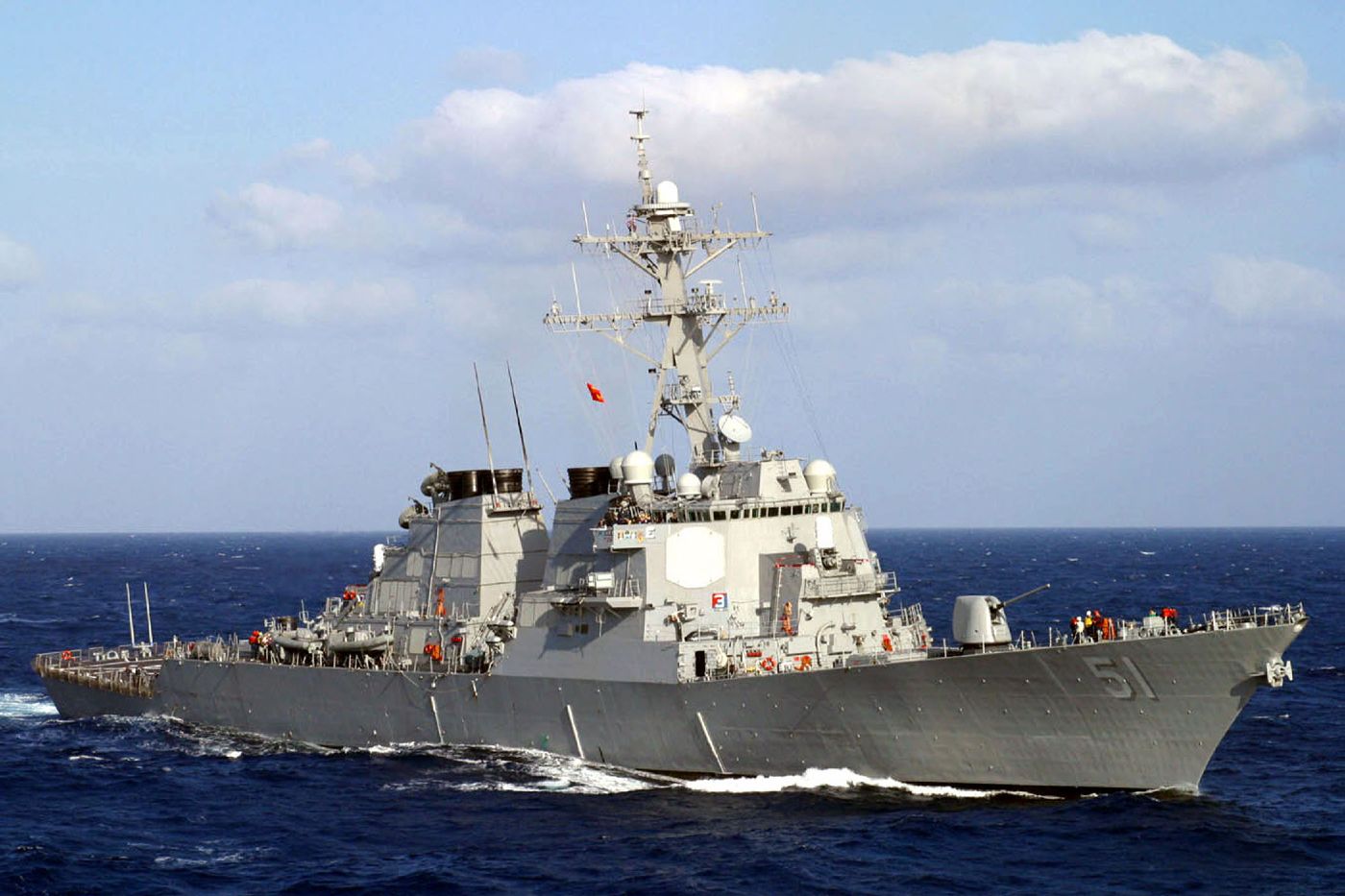According to government auditors, US Navy warships’ steaming hours have declined over the past decade due to frequent breakdowns and longer maintenance times.
The study was carried out on 151 surface warships of the US Navy, according to a Government Accountability Office (GAO) assessment released on January 31.
When the time these battleships spent at sea was compared to their maintenance, repair, and component replacement records, it became clear that they suffered persistent sustainment issues that have worsened through 2021.
The report stated that a review of crucial parameters revealed that ten ship classes are facing sustainment challenges. GAO released the research in response to “continued” congressional interest in the National Defense Authorization Act for FY21.
Although the ships’ upkeep costs have increased by $2.5 billion over the last decade, their operational hours have dramatically dropped.

Additionally, the GAO observed that except for the Nimitz-class carriers, America-class amphibious assault ships, and Harpers Ferry-class dock landing ships, seven of the ten classes had seen an increase in cost per operating hour.
The report omits precise data regarding the ship’s operational time because the Pentagon “deemed this information sensitive,” said GAO.
The GAO also highlighted that various other issues, such as maintenance delays that led to some ships postponing repair, have raised the sustainment costs for ships.
This predicament has led to worsening ship conditions and rising expenditures for maintaining and repairing ships.
The reduced time of the US Navy ships at sea is a worrying indicator, particularly in light of the US efforts to compete with China in the Indo-Pacific and the possibility of a conflict over Taiwan this decade.
The problems would “have an impact on [the navy’s] overall readiness,” according to Diana Maurer, a director of the GAO’s defense capabilities and management team that examines issues with defense sustainment and readiness.
In the first place, ships that take longer than expected to perform maintenance tasks leave less time for training and operational missions, which will impact overall preparedness, said Maurer.

Growing Numbers Of Cannibalizations
According to the GAO report, the rate of “cannibalization” and “ship casualty” has risen for almost all of the ship classes in the study. Cannibalized parts are taken from another ship because crews could not obtain what they needed through the normal supply chain.
The term “ship casualty” describes events that happen in a ship’s lifetime and render it non-operational. The vessels with the highest cannibalization rate increases were the Freedom-class LCS and the Wasp-class amphibious assault ship.
The Wasp-class and both LCS variants experienced the largest spike in severe (category 3 and 4) casualty reports. Furthermore, the GAO’s research shows that the Arleigh Burke-class destroyers and San Antonio-class amphibious transport docks suffered the worst increases in repair delays.
In addition, despite a previous GAO recommendation, the Navy is not fully or accurately monitoring other criteria, such as operational and materiel availability, which the Department of Defense and the Navy have identified as crucial to determine ship effectiveness.
Traditionally, GAO findings include a written response from the Pentagon expressing either agreement or disagreement with the watchdog’s recommendations. But since the new study doesn’t make any fresh suggestions, the document also doesn’t offer any specific comment on the report’s conclusions.

The watchdog did, however, give a concise description of the numerous justifications offered by Navy officials, in which the military recognized the overall increase while blaming ship cannibalization on “supply chain shortfalls for specific parts.”
Navy officials suggest that since the pandemic began, supply chain snags have also grown in frequency, lengthening the time needed to procure necessary parts through production and procurement.
Navy officials explained to GAO that there is some subjectivity involved in each report of a ship casualty and that, rightly or wrongly, crew members occasionally think that reporting a higher level of casualty will prompt a quicker reaction with assistance.
Nevertheless, the study raises doubts about the Navy’s ability to achieve the 350-ship fleet goal that many lawmakers have set for it when it faces significant challenges with its existing force of 294.
Chinese Navy’s growth is heightening US military officials’ determination to expand the marine fleet to keep up with the fiercer competition. This is particularly evident in the South China Sea, where US warships executing freedom of navigation operations have faced resistance from the PLA Navy.
- Contact the author at ashishmichel(at)gmail.com
- Follow EurAsian Times on Google News




